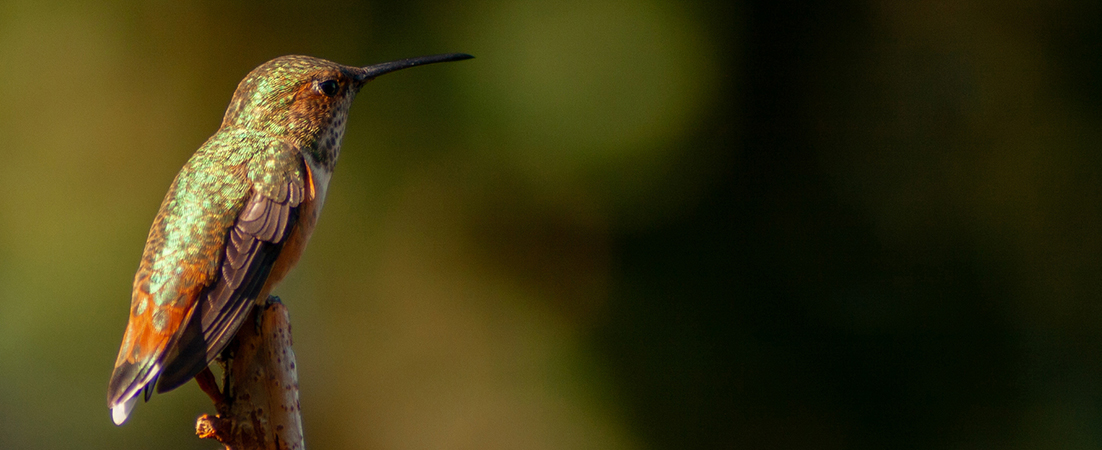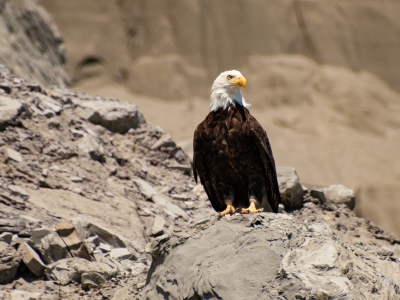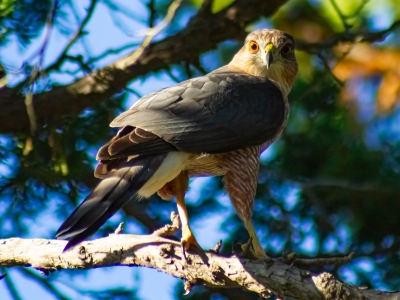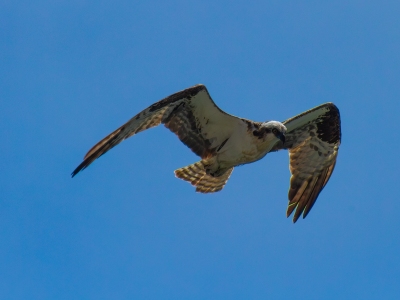
Galleries
Here are the photos! Enjoy!
The Accipitriformes (from Latin accipiter/accipitri- "hawk", and Neo-Latin -formes "having the form of") are an order of birds that includes most of the diurnal birds of prey, including hawks, eagles, vultures, and kites, but not falcons.
For a long time, the majority view was to include them with the falcons in the Falconiformes, but many authorities now recognize a separate from Accipitriformes. A DNA study published in 2008 indicated that falcons are not closely related to the Accipitriformes, being instead more closely related to parrots and passerines. Since then, the split and the placement of the falcons next to the parrots in taxonomic order has been adopted by the American Ornithological Society's South American Classification Committee (SACC), its North American Classification Committee (NACC),and the International Ornithological Congress (IOC). The British Ornithologists' Union already recognized the Accipitriformes, and has adopted the move of Falconiformes. The DNA-based proposal and the NACC and IOC classifications include the New World vultures in the Accipitriformes, while the SACC classifies the New World vultures as a separate order, the Cathartiformes.
 Bald Eagle
Bald Eagle The Bald Eagle(Haliaeetus leucocephalus) is a bird of prey found in North America. A sea eagle, it has two known subspecies and forms a species pair with the white-tailed eagle (Haliaeetus albicilla), which occupies the same niche as the bald eagle in the Palearctic. Its range includes most of Canada and Alaska, all of the contiguous United States, and northern Mexico. It is found near large bodies of open water with an abundant food supply and old-growth trees for nesting.
Bald eagles are not bald; the name derives from an older meaning of the word, "white headed". The adult is mainly brown with a white head and tail. The sexes are identical in plumage, but females are about 25 percent larger than males. The yellow beak is large and hooked. The plumage of the immature is brown.
The bald eagle is the national bird of the United States of America and appears on its seal. In the late 20th century it was on the brink of extirpation in the contiguous United States. Populations have since recovered, and the species's status was upgraded from "endangered" to "threatened" in 1995, and removed from the list altogether in 2007.
 Cooper's Hawk
Cooper's Hawk The Cooper's Hawk (Accipiter cooperii) is a medium-sized hawk native to the North American continent and found from southern Canada to Mexico. This species is a member of the genus Accipiter, sometimes referred to as true hawks, which are famously agile, relatively small hawks common to wooded habitats around the world and also the most diverse of all diurnal raptor genera.
Cooper's hawk is a medium-sized hawk and relatively large for an Accipiter. Compared to related species, they tend to have moderate-length wings, a long, often graduated or even wedge-shaped tail and long though moderately thick legs and toes. Their eyes tend to be set well forward in the sides of the relatively large and squarish-looking head (though the head can look somewhat rounded if the feathers on the nape are held flush) and a relatively short but robust bill. They have hooked bills that are well-adapted for tearing the flesh of prey, as is typical of raptorial birds. Generally, Cooper's hawks can be considered secretive, often perching within the canopy, but can use more open perches, especially in the western part of the range or in winter when they may use leafless or isolated trees, utility poles or exposed stumps.
 Osprey
Osprey The Osprey (Pandion haliaetus), also called sea hawk, river hawk, and fish hawk, is a diurnal, fish-eating bird of prey with a cosmopolitan range. It is a large raptor, reaching more than 60 cm (24 in) in length and 180 cm (71 in) across the wings. It is brown on the upperparts and predominantly greyish on the head and underparts.
The osprey tolerates a wide variety of habitats, nesting in any location near a body of water providing an adequate food supply. It is found on all continents except Antarctica, although in South America it occurs only as a non-breeding migrant.
As its other common names suggest, the osprey's diet consists almost exclusively of fish. It possesses specialised physical characteristics and unique behaviour in hunting its prey. Its unique characteristics classify it in its own taxonomic genus, Pandion, and family, Pandionidae.
 Red-Tailed Hawk
Red-Tailed Hawk The Red-tailed Hawk (Buteo jamaicensis) is a bird of prey that breeds throughout most of North America, from the interior of Alaska and northern Canada to as far south as Panama and the West Indies. It is one of the most common members within the genus of Buteo in North America or worldwide.[2] The red-tailed hawk is one of three species colloquially known in the United States as the "chickenhawk", though it rarely preys on standard-sized chickens. The bird is sometimes also referred to as the red-tail for short, when the meaning is clear in context. Red-tailed hawks can acclimate to all the biomes within their range, occurring on the edges of non-ideal habitats such as dense forests and sandy deserts. The red-tailed hawk occupies a wide range of habitats and altitudes, including deserts, grasslands (from small meadows to the treed fringes of more extensive prairies), coniferous and deciduous forests, agricultural fields, and urban areas. Its latitudinal limits fall around the tree line in the subarctic and it is absent from the high Arctic. Generally it favors varied habitats with open woodland, woodland edge and open terrain. It is legally protected in Canada, Mexico, and the United States by the Migratory Bird Treaty Act.